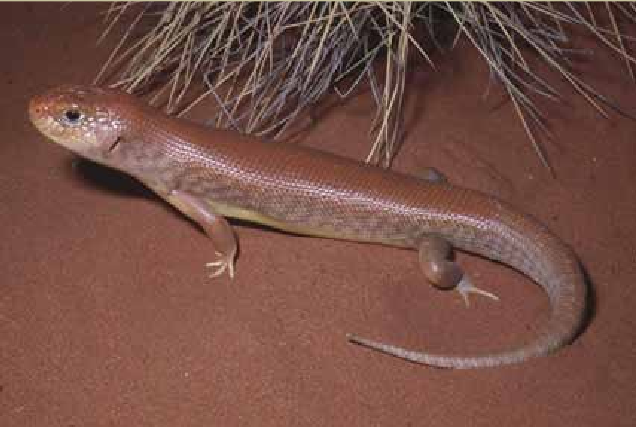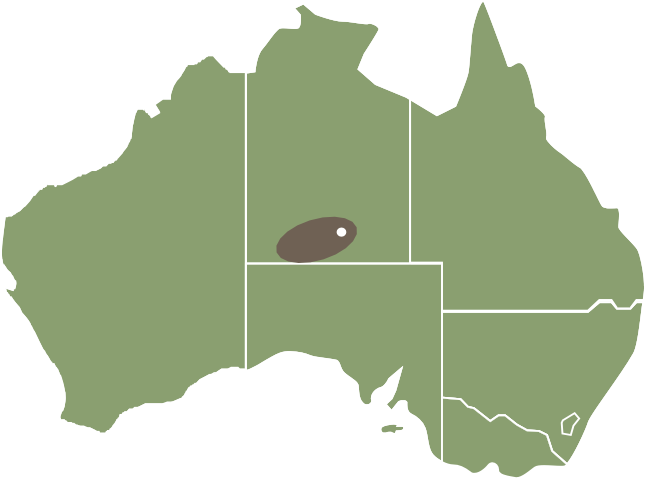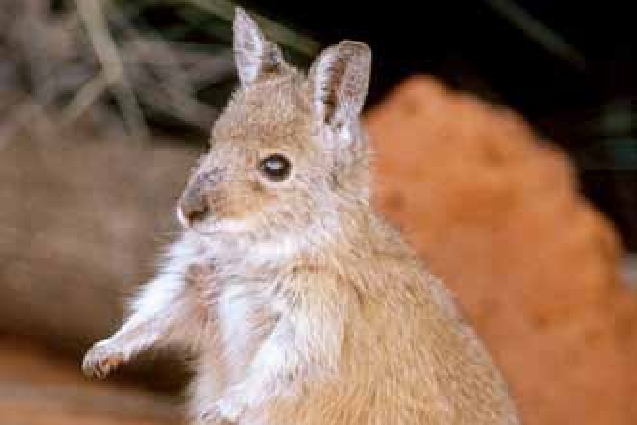The Red Centre
红土中心

With ancient mountain ranges, rich Indigenous culture and world famous rock art, the Red Centre’s timeless rugged multicolour landscapes offer experiences like nowhere else on earth. It is a land of arid beauty, endless plains and stunning natural monuments including the MacDonnell Ranges, Watarrka (Kings Canyon) and the World Heritage-listed Uluru-Kata Tjuta National Park. The stunning landscapes are full of rare plants and animals that have adapted for survival in the arid environment. Indigenous Australians see themselves as part of the land and for tens of thousands of years they have lived in a sustainable way, surviving on the resources of the land while caring fortheir country and maintaining a balance with nature.
AN ANCIENT LANDSCAPE - MONOLITHS, MOUNTAINS, SAND DUNES AND DESERT PLAINS
As you travel through the Red Centre, you will be amazed by thetransformation ofthe landscape. Fromthe ancient rocky and rugged MacDonnell Ranges to the vivid red sandstone ofthe James Ranges, and on to the awe-inspiring rock formations of Uluru and Kata Tjuta. As the soils change, sand dune and desert oak country gives way to mulga and spinifex. Species of animals and birds also change with the vegetation. The changes are beautiful and dramatic.
The extraordinary landforms of Uluru and Kata Tjuta rise dramatically hundreds of metres above the sandy desert plain and are the visible tips of huge rock slabs that extend far beneath the ground. Geologists believe that 500 million years ago, these huge rocks were part ofthe sea floor. Over time, the earth buckled, mountain ranges were uplifted, tilted and eroded, and the sea evaporated leaving these fantastic rock formations. The traditional owners, Anangu,
see Uluru and Kata Tjuta as the work of their creation ancestors, who journeyed across the land creatingthe landscapes, plants and animals we see today.
At Watarrka (Kings Canyon) sheer sandstone walls carved out by the elements more than 350 million years ago, rise up over 100 metres all around you. Here the ancestors created deep gorges, and ancient cycad ferns, as old as the dinosaurs.
A UNIQUE NATURAL WORLD
The spectacular geology and climate ofthe Red Centre has given rise to a surprising range of ecosystems, plants and animals, including the southern marsupial mole, the legless lizard, the black footed rock wallaby and the great desert skink. Significant efforts are being made to recover
numbers of mala or rufous hare wallaby, an important creation ancestor, now extinct in the wild.Regeneration paddocks have been established by Indigenous rangers and wildlife scientists, at Ulupu, Watarrka and Alice Springs Desert Park, to build up numbers.
A secret life
The tiny 10 centimetre long southern marsupial mole (Itjari-itjari) lives a reclusive, solitary life below the spiky spinifex and burning sands of central Australia. So little is known about these secretive blind creatures, it is unclear how males find females for reproduction.
Scientists are now working with Anangu traditional owners to gather more information about the mole. Anangu are teaching western scientists their tracking skills and giving them an insight into their traditional ecological knowledge to help study the species.
Master of the underground
Anangu call the great desert skinkTjakura. These large burrowing lizards grow up to 44 centimetres long and weigh up to 350 grams. They look similar to a blue-tongued lizard - but are slightly larger with pink skin and a yellow underbelly. These skinks construct large burrows over one metre deep and up to five metres wide, with up to 10 different entrances.
红土中心
红土中心拥有古老的山脉、悠久的土著文化和享誉世界的岩石艺术,崎岖多彩的景色从未因为时光流逝而失色,这一切将给您带来世上无可比拟的体验。 在这片广袤无尽的美丽平原上,令人叹为观止的自然遗迹随处可寻,比如麦克唐奈尔山脉、瓦塔卡(国王峡谷)和被列入世界遗产名录的乌鲁鲁—卡塔丘塔国家公园。 这片风景下随处可见在干旱环境中生存的稀有动植物。澳大利亚土著人将自己视为大地的一部分,数万年来,他们与土地资源共存,与自然环境共生,以可持续的方式生活。
远古景观——巨石、高山、沙丘和沙漠平原
当您穿越红土中心时,您会惊讶于不同风景的轮换:有古老的岩石、崎岖的麦克唐纳山脉、詹姆斯山脉上生动的红砂岩,还有乌鲁鲁和卡塔丘塔令人惊叹的岩石。随着土壤环境的变化,沙丘和沙漠橡树渐渐消失,映入眼帘的是片片岩蕨和鬣刺植物,而植被变化也导致了栖居动物和鸟类的种类发生变化。这种景观的转变风景美轮美奂,震撼人心。 乌鲁鲁和卡塔丘塔的独特地貌在沙漠平原上蜿蜒数百米,其实这种地貌是地下延伸长远的巨大岩石板块的地表端。地质学家认为,5亿年前这些巨大的岩石都是海床的一部分,随着时间的推移,地表弯曲隆出,山脉抬升、倾斜,受到侵蚀之后海水蒸发,就留下了这些奇妙的岩层。当地的传统部族阿南格族将乌鲁鲁和卡塔丘塔视为自己祖先创造的作品。
这些祖先穿越大陆,创造了我们今天所看到的风景、植物和动物。 在瓦塔卡(国王峡谷),形成于3.5多亿年前的砂岩墙高达1000多米,环绕而立。在这里,祖先们创造了深邃的峡谷和如恐龙般古老的苏铁蕨类植物。
一个独特的自然世界
红土中心独特的地质和气候特征孕育了多样化的生态系统和动植物,其中包括南方袋鼹、蛇蜥、黑脚岩袋鼠和沙漠石龙子。蓬毛兔袋鼠是一种悠久的物种,现在在野外已经灭绝。 土著护林员和野生动物科学家在乌鲁鲁、瓦塔卡和爱丽斯泉沙漠公园建立了再生牧场,为恢复蓬毛兔袋鼠的种群数量而努力。
南方袋鼹的隐居生活
南方袋鼹(Itjari-itjari)身材小巧,身长仅10厘米,生活在澳大利亚中部鬣刺植物和滚烫沙地之下,过着神秘的隐居生活。科学家对这种神秘的眼盲生物知之甚少,目前尚不清楚其是如何交配的。 科学家们正与阿南格族人合作,收集更多有关南方袋鼹的信息。阿南格族人向西方科学家讲授他们的追踪技巧,并帮助科学家深入了解传统生态知识,进一步研究这类物种。
地下洞穴大师
阿南格族人称沙漠石龙子为Tjakura。这些大型穴居蜥蜴身长可至44厘米,重达350克,看起来有点像蓝舌蜥蜴,但略大,有粉红色的皮肤和黄色的下腹部。这些石龙子的洞穴可至一米深,五米宽,还会有10个不同的入口。



